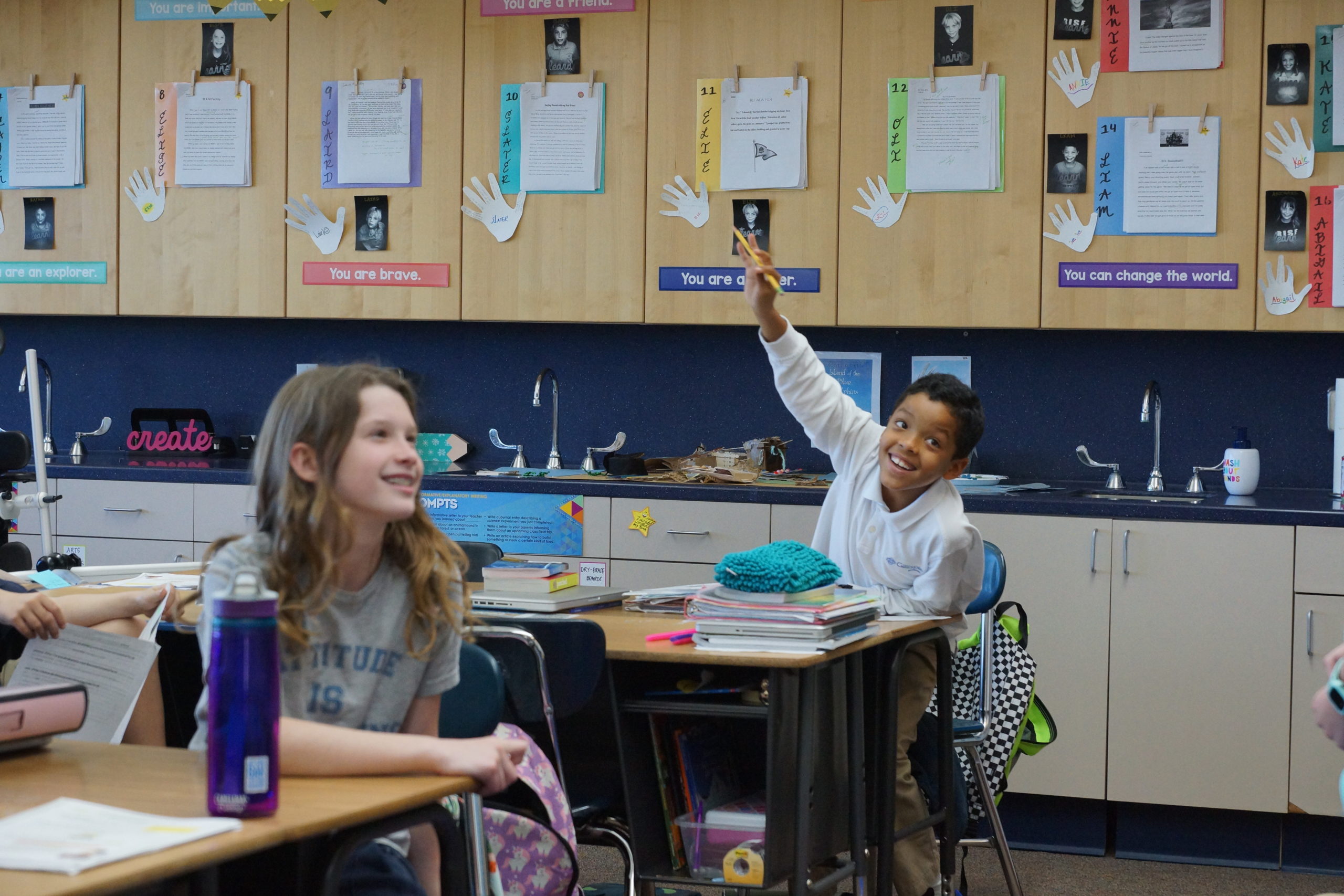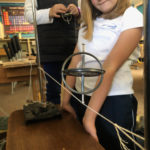
Design Thinking: A Way Towards Being Prepared for the Future of Work
What is the best way to organize our classroom library?
How might we reduce food waste at our school?
How can we combat pollution on the La Jolla coastline?
In what ways could we address the homelessness issue in San Diego?
Questions like these, whether small or big, drive the work of students in classrooms that take a project-based approach to learning. They also look a lot like the types of questions adult professionals face daily in their working lives. The skills students need in order to successfully tackle questions like these are developed through the use of a Design Thinking approach to problem-solving.
A Design Thinking method leads us to cycle through a series of steps that push us towards possible solutions and through the inevitable obstacles along the way. In simple terms, Design Thinking begins with finding or recognizing a problem that needs solving (see the questions above). It then moves us into a research phase during which we learn as much as we can about the issue. Once we have a deeper understanding, we can ideate, brainstorming all the possibilities. After settling on a solution to develop, prototypes are designed and built. These can take a wide variety of forms, such as models, pieces of writing, and presentations. When ready, we must test our prototype. From this test, we learn how our idea can be refined and improved for greater success. Often, we find that we need to go back to one of the previous steps to conduct more research or reframe our question in order to better our concept. And so, on we go through multiple iterations of the process all the while never taking our focus off those that are most affected by our solution. We continually must empathize with the library user or the sea creature or the homeless child that would benefit from our idea.
As adults, this way of tackling a problem seems sensible: identify the issue, learn about the issue, generate ideas, test those ideas, perfect those ideas. Interestingly, for three and four-year-olds this method comes naturally. Just imagine pre-K students building a series of ramps for their cars or marbles. Somewhere in between, however, schools have traditionally, inadvertently stifled this type of collaborative, creative, and iterative problem-solving. Rather than continue a model that provides students with “correct” answers to memorize, Gillispie is dedicated to explicitly practicing a Design Thinking methodology with our students so that they are equipped with skills in the areas of research, creativity, critical thought, collaboration, resilience, reflection, analysis, and, most importantly, empathy. These are the skills that will prepare our students for a future where knowing the “correct” answers will not be nearly as important as asking the right questions and flexibly working with others to offer the most useful solutions.
Jon Bluestein
Assistant Head of School




